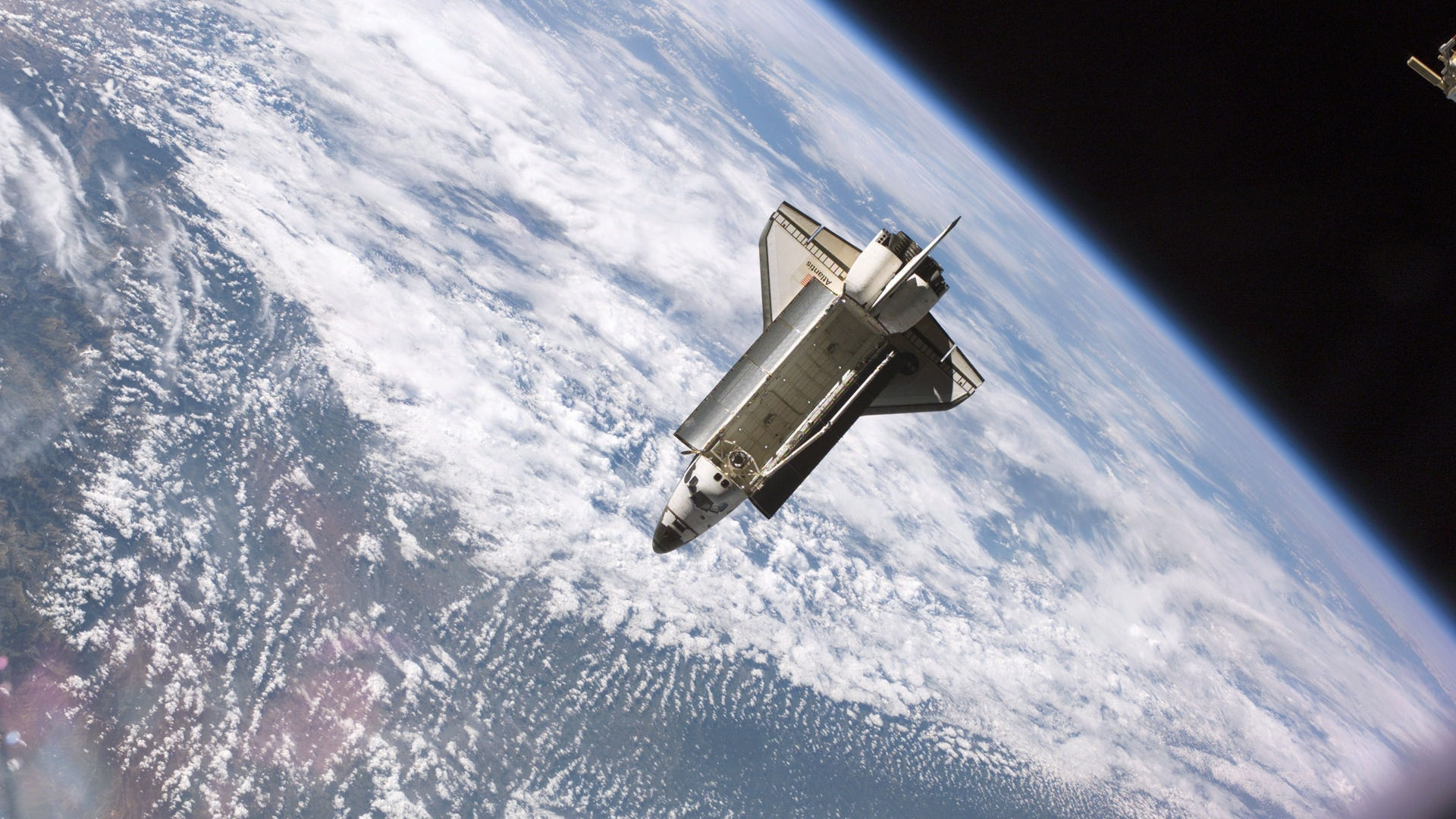
Picture yourself in a colossal stadium playing dodgeball with thousands of players. But instead of soft and rubbery balls, you are dodging rounds from a .50 caliber sniper rifle. Now imagine that these bullets, are travelling about 18,000 miles per hour. Easy, right? This game of dodgeball is happening right now, roughly 800 kilometers above our heads. NASA estimates that there are more than 100 million chunks of orbital debris in low Earth orbit; 500,000 of them being between 1 and 10 cm in diameter. [3] Orbital debris can have horrendous consequences if bigger pieces collide in functioning spacecraft. Collisions like
these can cause an immediate loss in
communication, recorded data, GPS,
weather monitoring, and for astronauts,
the potential loss of life. Removing
orbital debris and preventing future
collisions is a politically complicated
and dangerous process. Orbital debris
mitigation is heavily dependent on
astrodynamics. It requires a solid
understanding of relative motion and
orbits in space.
Background
The first step to mitigating debris is using principles
of astrodynamics. Then comes physically removing the
debris, which involves principles of satellite navigation
and control. Many proposed solutions involve directly
latching to a single debris and de-orbit the "capture"
satellite containing the debris, to eventually burn in the
atmosphere. This is an expensive and inefficient method
of removing orbital debris. The creative solution I came
up with is having one spacecraft that removes numerous
debris in one mission. The spacecraft would need to
exchange momentum or have some way of causing the
debris to de-orbit and burn up in the atmosphere,
or possibly capture many objects. Some proposed hypothetical and experimental solutions include: space nets, lasers, tether deployers, solar sails, capture and removal spacecraft, rocket boosters, impulsive forces caused by actuators, etc.
Hypothetical Mitigation Techniques
Even removing a small amount of debris per year can have beneficial long term benefits. This can be seen in the figure to the right, where removing only 20 objects reduces the long term orbital debris population by more than a fourth.
Can you imagine if we removed 100+ objects a year and prevented future space junk.
This is why the focus of this mission is to mitigate 5 orbital debris in close proximities within one single mission.




